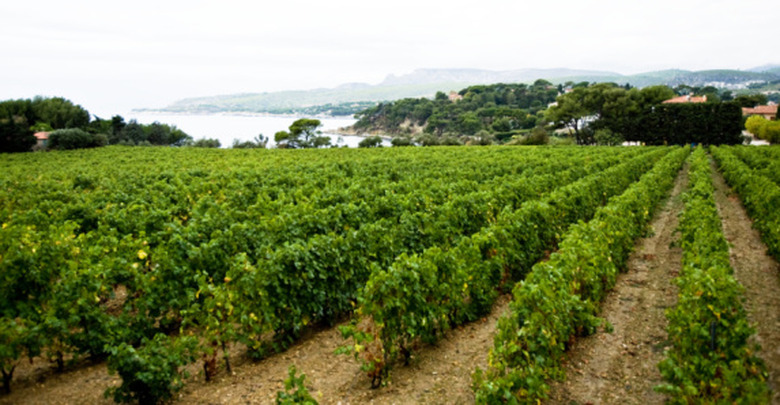Types Of Planting Systems
Both farmers and home gardeners employ a wide variety of planting systems to optimize plant health and increase crop production. The selection of a planting system is dependent on the type of crops being grown, existing soil conditions and needs, as well as the amount of gardening space available for cultivation.
Ridge Systems
Ridge planting systems are commonly used on farms and large-scale garden plots. The soil is cultivated into rows of mounds, or ridges, with furrows on either side. According to the University of Nebraska at Lincoln Cooperative Extension, ridge systems are particularly beneficial in level or sloped fields with poor soil drainage. The ridges result in dryer soil at planting time and reduce soil erosion. Ridge systems are usually un-tilled before planting, except for the possible addition of fertilizers. Tilled ridge systems use a very shallow tilling method that only disturbs the soil on the top of the ridge. Tilling is usually only done in order to shape the ridges, remove weeds or incorporate herbicide residue into the soil.
- Both farmers and home gardeners employ a wide variety of planting systems to optimize plant health and increase crop production.
- Tilling is usually only done in order to shape the ridges, remove weeds or incorporate herbicide residue into the soil.
Raised Beds
In a raised bed planting system, plants are planted in garden beds built above the actual earth. This method is commonly used in regions featuring poor soils that require significant amendments. In certain areas of Texas, for example, raised beds are often used as an alternative to soils containing too much sand or clay. Raised beds often require less maintenance than in-ground plantings, and the soil composition is easier to control. Proper drainage is one of the most important aspects of raised bed gardening, since wet soil conditions encourage disease and pests. To aid in soil drainage, build raised beds on a 2 percent slope and install drain systems as necessary.
Permaculture
Permaculture is a planting system that can be applied to a variety of garden settings. It emphasizes green gardening practices that are low-carbon and self-sustaining. According to GrowVeg.com, the primary elements of a permaculture garden include the use of compost and mulch, which both increase soil fertility and discourage weed growth, as well as a no-dig planting system, which preserves soil structure and prevents damage to plants. Permaculture planting systems are ideal for home growers who have limited gardening space but desire home-grown products.
- In a raised bed planting system, plants are planted in garden beds built above the actual earth.
- Permaculture planting systems are ideal for home growers who have limited gardening space but desire home-grown products.
